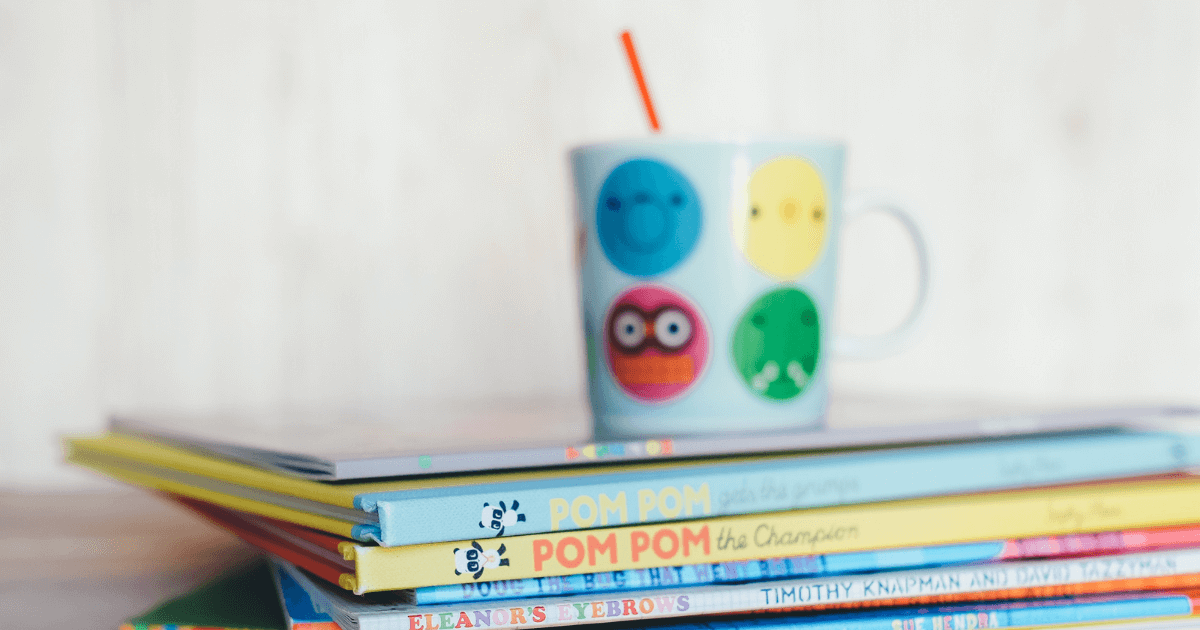Writing children’s books…it can’t be that hard, right?
Many people have considered writing a children’s book at some point in their life, but it’s not always as easy as it might seem. When learning how to become an author of a children’s book, why not learn from others who have been through the process?
Several years ago, a story popped into my head. It was about a little caterpillar who got lost in a dark bog with the worms. I shared it with some people and got positive responses.
It then sat on my desktop with other “masterpieces,” and I kind of forgot about it. Eventually I felt a nudge to dust the story off and realized it would make a great children’s book.
And I set off on my journey to become a children’s book author.
As I reflect on the experience, I learned quite a lot along the way… things I wish I had known when I began. Now that my book is written and published, I want to share all the tips I learned about writing children’s books with other aspiring authors.
1. Your message is the foundation of your children’s book
Originally I created the story to convey a message, which is what I recommend doing when learning how to start writing children’s books.
Take an idea and build a story around it – with a message that will last for years to come.
Following dreams, overcoming negativity, and moving forward are all examples of positive messages that are timeless, not fads that will eventually be forgotten.
With my children’s book, I wanted to inspire others to accomplish what they set their mind to. I built my story, Mari, around these virtues. It had to be something interesting and life-giving, or it would become boring to discuss in the long-run.
For example, See Spot Run was most likely a bestseller, but you wouldn’t want to talk about that for years. Where’s the timeless message?
Without a lasting central message, it might get a little dull for you and your audience. You will want to find something that sparks and retains interest – not only for you as the author, but for others. After all, if the book is a hit, you will be talking about it A LOT!
2. Craft a compelling children’s book story
After I decided to write the story around my message, I had to put all the essential parts together.
The message is the foundation, but you must build out the story that will convey that message.
Once you have the story’s main components created, you’ll want to work on each part to make your story’s pieces, such as story setting, and character development rock solid.
Use these steps to build each part of your children’s book story:
- Create an interesting protagonist or main character who will go through a captivating adventure that brings significant change.
- Create a compelling antagonist (AKA bad guy) who will come against the main character, yet eventually be defeated.
- Provide a guide or friend for the main character.
- Build the plot by creating a conflict (fall), rising action (opposition from the bully), and resolution (main character vindicated) at the end of the story.
- Add the happy ending. After all, it’s a children’s book, so ending positively is a real plus. (For my story, it had to end well. Just ask my husband about my movie selections!)
3. Have fun with your character names
When writing children’s books, enjoy the process of naming your characters! It’s a great way to add deeper meaning to your book, and to tie into the story’s theme.
When I wrote my children’s book, I found naming the characters to be a lot of fun. Mari is short for “mariposa” which is Spanish for “butterfly.” The original story was written for some Hispanic friends, so it was a perfect fit.
I named Mari’s friend, Ray after my dear grandfather, who the character reminds me of. For my antagonist, I couldn’t think of a more sinister name for my bully than Diablo. He is actually based off of a real person, but the identify of that individual will remain anonymous!
These personal touches make the process so much more fun and meaningful, so I encourage you to do the same.
4. Find a professional children’s book illustrator
People ask me about the illustrations for my story all the time. I am flattered that they think I drew the pictures for “Mari.” Truth be told, I still need a stencil to make a stick figure, so I knew that I would need help with the artwork.
At first, I asked a family member to do the drawings for me, and I am glad that I didn’t pursue this. Although they were very talented, I needed to find a professional.
After interviewing some artists on Fiverr, I decided to go with a professional illustrator that my publisher provided. By using a professional illustrator, the results were phenomenal and the pictures captured the vision I had for my own book.
Hiring a professional illustrator will improve the quality of your book. When writing children’s books, resist the urge to cut corners by letting anyone with drawing skills do the job. Be sure to view potential illustrator’s work, so that you can see if their style and artistic vision will complement your book.
You can have a reasonable budget for hiring an illustrator, but it’s important to understand that an initial investment into a quality illustrator will set your book up for success. Determine a budget for your cost to publish, and use tools like this Book Profit Calculator to set clear expectations.
No matter who will draw the pictures for your book, you will need some sort of verbal and written agreement so that both parties understand the expectations. You may be paying an illustrator a flat fee or agreeing to give him/her a percentage of book sales.
Either way, come up with a plan that fits both of you. Communication is key.
5. Consider your publishing options for writing children’s books
Anyone can write a story. What we do with it, however, is up to us.
We can DIY a cover and make our own book for our family or friends, or we can get it professionally published for the world to enjoy.
The possibilities are endless, and it’s important your choice makes the most sense for you when writing children’s books.
The options for writing children’s books include:
- Make a one-of-a-kind book just for yourself or as a gift.
- Self-publish the book and print-on-demand. You will have complete creative control over the publishing process. You can make a few copies of your book or many, depending on what your end goal is.
- Pursue a traditional publisher. You’ll have to write your book, and find a children’s literary agent, then a publishing agent. This option is very competitive.
Related: A List of Book Publishers for First-Time Authors
My children’s book publishing experience
At first, I tried to get my book published with a well-known publisher. I had an “in” as a friend who knew of my story had a close relative at one of the big firms. She took a glance at it and said it reminded her of the Very Hungry Caterpillar by Eric Carle. The only thing that our stories have in common is that the main character is a caterpillar. That’s it.
After that remark, I honestly didn’t have the time or energy to pursue getting published with a big company any further. Instead, I decided to go a different direction altogether.
In order to publish my story in the form of a children’s book, I chose to hire an author coach to guide me through the self-publishing process. Not only did I get a personal guide to help me publish my story, but also a tribe of people on the same journey which was very helpful, encouraging, and rewarding.
To weigh your options on the publishing process, it’s important to do your research when considering self publishing vs traditional publishing.
If you need help navigating the process, there are self publishing companies and self publishing courses that you can work with for guidance and support.
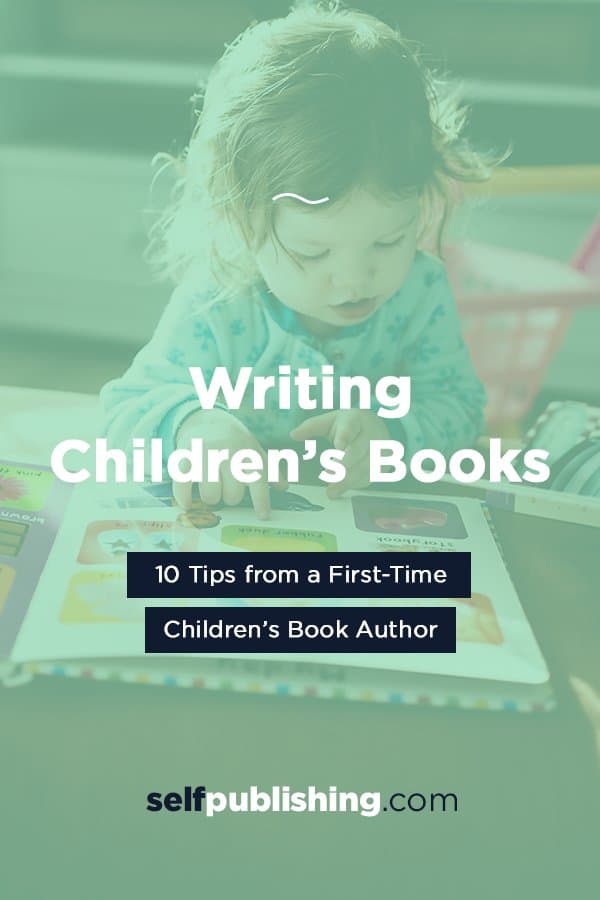
#6 – Get through the dreaded edits
You’ve stuck to your writing goals, and now you have a beautiful first draft. It’s time to edit.
Hands down, the hardest part of this journey was the proofreading and editing process. And yes, you need an editor if you plan on publishing.
When I taught middle school language arts, I would return the students’ graded papers with the “red pen treatment.” I got a taste of my own medicine when a draft of my story came back to me with many corrections and revisions to be made.
Ugh, that hurt! I have to laugh and realize that life has a way of letting you experience what you have done to others.
I cannot emphasize the importance of making sure that the story is good to go with no visible errors. One little mistake can be devastating.
Get a second, third, and fourth set of eyes to look over your work. It will pay off in the long run. When I read the story today, I still think of changes that I could make.
Remember nothing is perfect; just make it as good as you possible can, and get help with this part of the process!
#7 – Think of your book as your baby
It’s a girl! The day my box of books arrived was (almost) as exciting as the birth of one of my children. It was as if my little Mari had come to life, and I had literally given birth to her!
Seeing, holding, and even smelling my book was incredibly rewarding, and it definitely made all of the sacrifices and hard work well-worth it. Here she is!
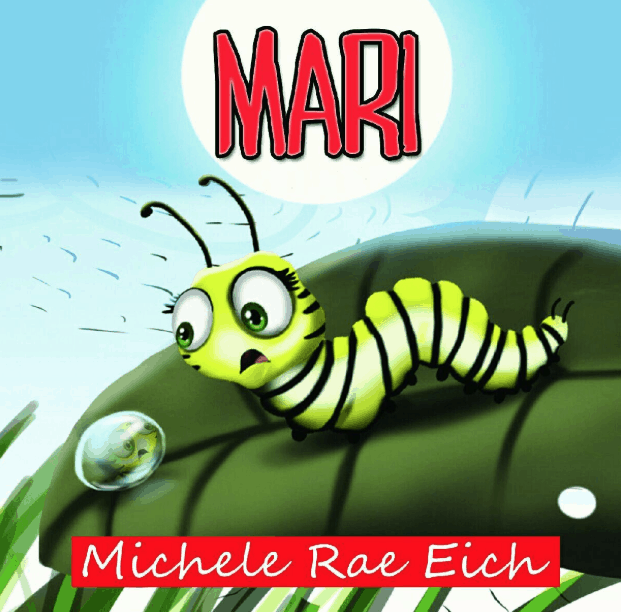
Treat your book like a baby, and it will start to feel just like it. And more importantly, it will show! The way you create and cultivate your book will show through in its overall quality, storyline, and vision.
The decision to hire professional illustrators, editors, and a coach were added expenses that I didn’t originally anticipate. However, having an actual, tangible book that I created at the end of the journey, made my decision worth it all.
Through this process, I learned marketing strategies such as how to create various streams of income around my book. At the end of the day, I knew that in order to realize my dream, I needed help. I decided to go for it and am so glad that I did!
Just like your baby will require a ton of dedication, hard work, and unexpected events, you’re book will, too. Like a baby, you’re investing in the life of your book – and all the frustration, discouragement, and uncertainty will pay off.
#8 – Success isn’t always writing children’s books for money
This journey has been fun, hard, educational, and rewarding. When venturing out like this, it is important to maintain a good perspective on what success is and isn’t.
If you define success as getting rich off your book, you might be disappointed. If you define it by selling X number of books, you may also grow discouraged.
However, if you define success as accomplishing a goal and doing something that most people never do, then you will feel good about your results.
How I defined my own success
I remember a particular book signing I did at a local Barnes & Noble. I was able to speak life into a little girl, and that felt amazing. She had to change schools due to severe bullying.
The message of “Mari” is to stand up to the bully and follow your dreams. I told the girl that the bullies saw something special in her, and encouraged her to keep moving forward; I will never forget the way her face lit up when I shared from the heart.
So here’s what I learned: Success was not in the number of books I sold that day or the amount of money I made.
No, it came when I lifted the spirit of a child and got to sign a book for her and encourage her family as well.
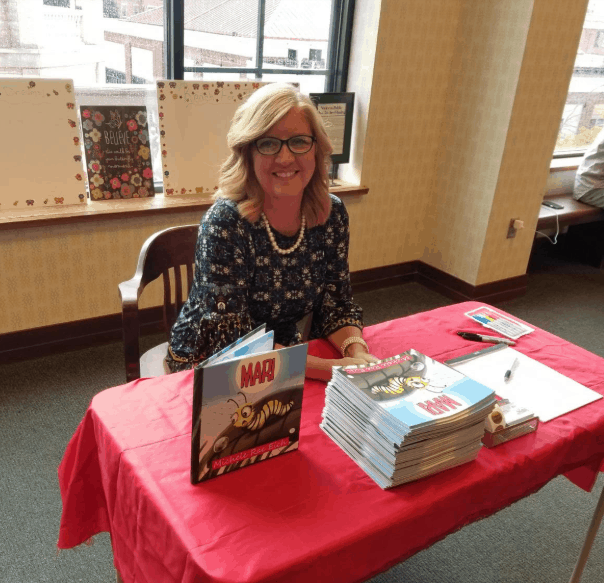
#9 – Aim to make a difference
I have been a teacher for over 25 years, and during that time, I saw a lot of kids who had dreams that were squashed by self-limiting beliefs or the negativity of others. I also witnessed bullying on the rise.
Through writing, I felt that I could create a story that would address these issues. I was able to go beyond my own individual classroom and take my creation to the world.
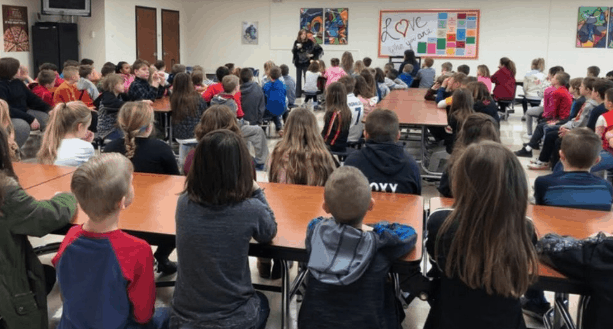
Think about your own life experiences. What have you learned that you can use to help others? Writing a children’s book should be about making a difference in a young reader’s life.
By using my own experiences to become a children’s book author, I now have a tool to discuss important themes when I visit schools, libraries, and other organizations.
#10 – Hold yourself accountable to your dream of writing a children’s book
One of the main messages of my book is to follow your dreams, even when they don’t make sense. What we don’t always factor into the equation is the cost of following our dreams. After all, the only one responsible for acting on your dream, is you.
For me, I had to hire professional help to get my book published, but this was instrumental in holding myself accountable.
I like to say, “Dream big, but start small.” If you don’t, you will get overwhelmed and quit. Too many of us leave our dreams unfulfilled, and that’s not okay – we were made for so much more.
While writing children’s books, the target reader is often thought to be the child. But in reality, the message is for everyone.
In meeting people all over the country, I see a lot of adults who have unfulfilled hopes and dreams in their lives. It’s never too late to pursue what you want!
There is an obvious cost to follow our dreams, but there is also a cost when we don’t follow them. It is called regret. The biggest regrets many of us have are the opportunities we didn’t pursue.
It took me hours to write the story, weeks to edit it, months to publish it, and years to live it.
I am Mari, the overcomer who faced the bully to follow her own dream. I am so glad I did. Now, I encourage you to do the same. You won’t regret it!
Bonus Advice for Writing Children’s Books
When I speak to groups about my little caterpillar, I give my audience time to ask me questions at the end of every presentation. Inevitably someone will ask how to start writing children’s books and get them published. Most people have a story (or several) in their heads that they want to share.
My best advice with the process is to hone your craft. Continue to write and learn. As far as pursuing publishing, I recommend doing the next thing that is presented before you, and don’t give up!
Here are some additional helpful tips that helped me write and publish my children’s book:
- Consider your passions and interests and build a story around them.
- Take your audience into account. Who will read and enjoy your tale?
- Release your book at a strategic time. A story about winter holidays should not come out in April.
- Create products/resources around your book to increase visibility and income. I decided to design materials and sell them in my Teachers Pay Teachers store.
- Market to adults. Children will read your book, but adults will buy it. Through social media and other avenues, it is possible to get it in front of the right people! A great example of this is my book trailer, created for both adults and children.





















